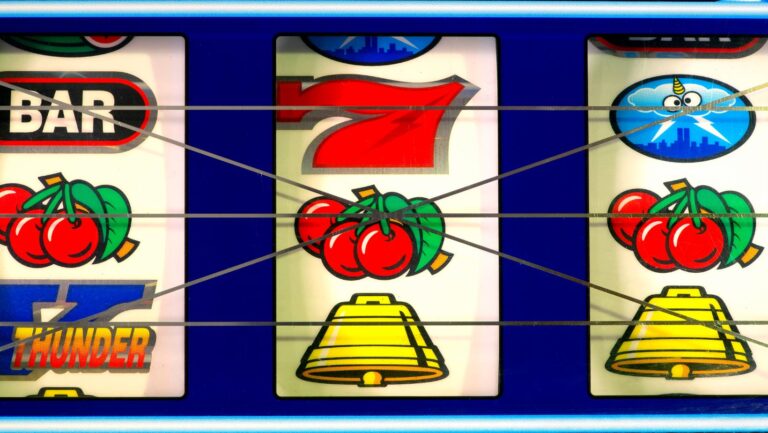What Does Halving Mean, and What is Its Impact on Miners, Market, and Price?

Bitcoin halving is a protocol within the blockchain network designed to adjust the pace at which new bitcoins are generated and released into the ecosystem. This event occurs roughly every four years, halving the reward that miners receive for adding new blocks to the blockchain. Approaching the BTC halving date 2024, the readers would be interested to know what halving means, its significance, and how it influences various aspects of the Bitcoin network.
The Significance of Bitcoin Halving
Contents
Bitcoin halving aims to control inflation, maintain Bitcoin’s scarcity, and potentially enhance its value over time. This deflationary measure ensures the total supply of Bitcoin is 21 million. The regular halving events are crucial for maintaining Bitcoin’s economic model and reinforcing Bitcoin dominance in the market. When halving occurs, the rewards received by BTC miners are reduced twice.
BTC Halving History
Throughout the history of Bitcoin, there have been several halving events:
- The initial halving in November 2012 cut the reward from 50 to 25 BTC.
- The second halving occurred in July 2016. That time, the rewards were reduced to 12.5 BTC
- The last Bitcoin halving date was May 11, 2020, and the rewards were cut to 6.25 BTC.
- The next Bitcoin halving date is around April 19, 2024. The reward will drop to 3.125 BTC.

All Bitcoin halving dates marked significant milestones when the block reward was halved, consequently influencing the supply and the price of Bitcoin.
How Bitcoin Halving Works
Bitcoin halving ties into the blockchain’s operational mechanics, affecting miners, the overall market, and Bitcoin’s price dynamics:
- Block reward. Miners are incentivized through block rewards, which are halved at each halving event.
- Halving schedule. Occurring every 210,000 blocks, the schedule ensures a controlled release of new bitcoins.
- Reduction of block rewards directly impacts miners’ profitability, adjusting the rate of new bitcoins entering circulation.
- Scarcity and supply. The halving events aim to control Bitcoin’s supply, contributing to its scarcity and perceived value.
Impact of Halving on Miners and the Entire Market
Miners face immediate effects from halving due to the reduction in block rewards, which can influence their operational dynamics and profitability. This adjustment period is critical as it may lead to shifts in mining activity and network security.

For the market, the anticipation and actualization of halving often fuel speculative activity, impacting Bitcoin’s price. The last BTC halving date was marked by heightened attention from the community, resulting in a 707% BTC price jump within the next 546 days.
While predicting exact outcomes remains challenging, understanding the mechanics and history of Bitcoin halving offers valuable insights into its long-term implications and price changes.

Founded by Sophia Rodriguez, IGXO Cosmetics is a PETA-certified, cruelty-free, and vegan makeup brand.





